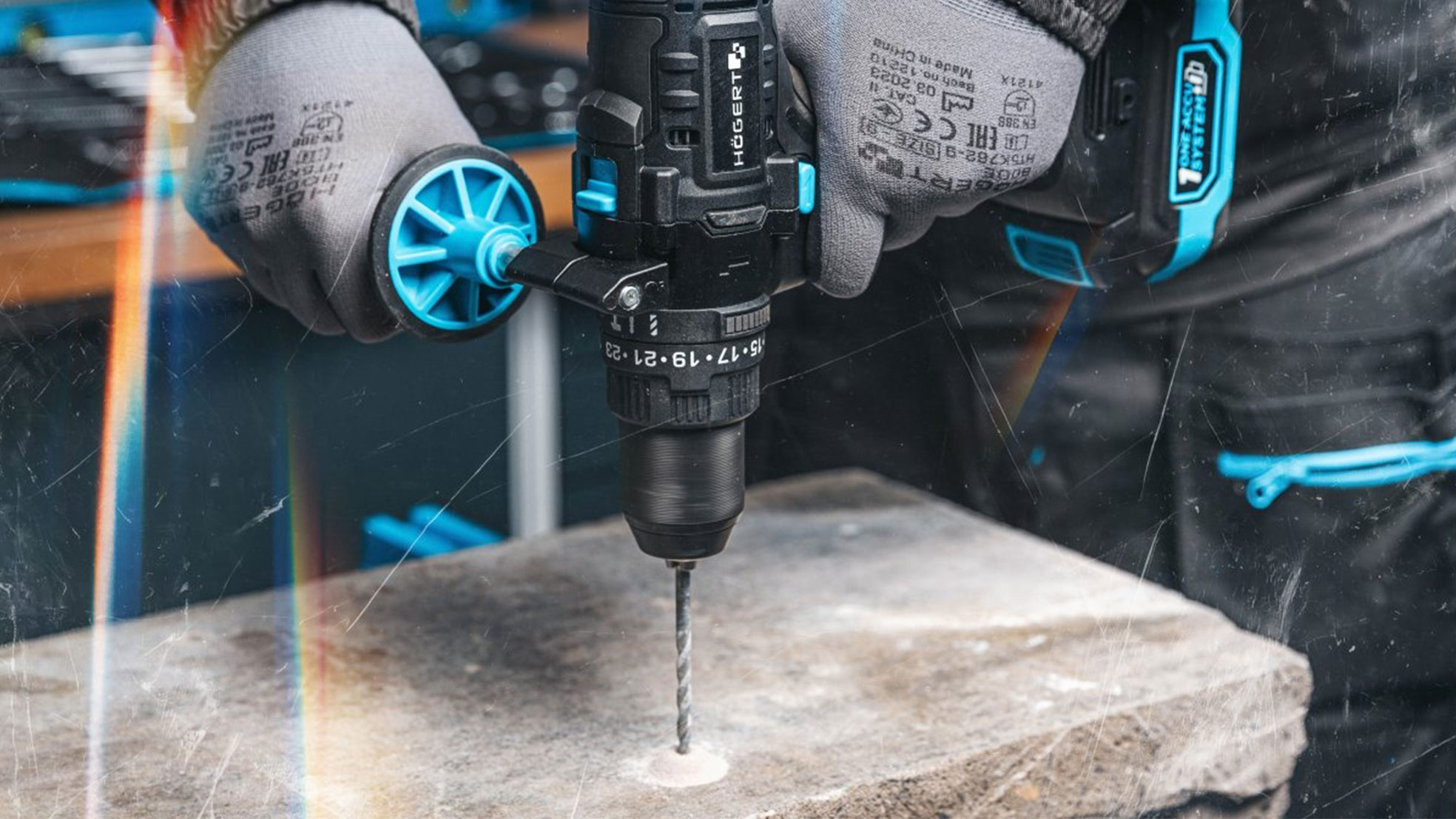Are you annoyed that your power drill isn't keeping up?
Or are you curious as to why your high-quality jigsaw overheats when it comes to heavy-duty materials? In front of you, the voltage in your tool might hold the answer.
Whether you're a high-end renovation specialist, a meticulous do-it-yourselfer, or a source for luxury B2B projects, choosing underpowered tools can ruin precision, derail performance, and cost time. In this guide, we'll explain why voltage matters, how to make the best choice, and when to upgrade so that quality and results aren't compromised.

Voltage in power tools is a measurement of electrical potential that essentially determines how much energy your tool can draw from its battery or power source. Higher voltage typically translates into more power output, which can significantly improve performance when doing heavy-duty tasks like drilling concrete, grinding metal, or cutting thick hardwood.
However, more isn't always better. It all boils down to matching the tool's voltage to the task. Making the incorrect choice can lead to unnecessary weight and energy use or underpowered performance.
Your drill stalls midway through wood or masonry
Overheating after short usage
Jagged, inconsistent cuts from saws
Battery drains too quickly under load
The need to press harder for the tool to perform
These are indications that your tool isn't capable of handling your work, not just minor irritations. Furthermore, in a professional or upscale remodelling setting, a lack of precision equates to a lack of quality.
Rule of Thumb: Match the voltage to the resistance of the material. The denser or thicker your surface, the higher the voltage needed to deliver consistent, precise power.
Indeed. Underpowered tools often overheat, stall, or strain their motors when they try to perform tasks for which they were not designed. This can damage finishes or void warranties, which are too costly for any high-end project, in addition to reducing their lifespan. In general, higher-voltage tools use less energy, generate less heat, and wear down faster, especially those with brushless motors. Designers and contractors select robust, voltage-appropriate tools for long-term value and reusability.
Accuracy is essential in high-end builds. You can lose money, time, and your reputation by making small mistakes like a misaligned backsplash tile, a poorly cut washbasin hole, or a screw that won't go through. Therefore, professional-grade tools with the right voltage range are frequently found on luxury websites. Whether you're using a cordless multitool with 18V battery packs or a 36V mitre saw, power ensures performance consistency so you can create seamless, long-lasting results.
Power tools are an investment, and like any prudent investment, it's critical to understand the specifics.
Too often, homeowners and renovators choose tools solely on the basis of brand, size, or cost, neglecting crucial information like voltage. But voltage quietly regulates how your tool works, affecting everything from battery life to build quality and torque output. It's more crucial to choose the right voltage tool for your task, team, and schedule than it is to buy the most expensive model.
In a world with short turnaround times, high standards, and very little margin for error, there is no place for a jigsaw that falters under pressure or a grinder that lags in the middle of a cut.
Professional installers, interior designers, and luxury homeowners all value the peace of mind that comes with using a tool with the right voltage. Better finishes, more seamless jobs, and fewer call-backs are the outcomes.
Therefore, consider this question the next time you're selecting a power tool: "Is this tool truly powerful enough to match the work I expect from it?" This applies to both minor repairs and major renovations. Because when it comes to remodelling a luxury home, voltage is more than just a number. It provides you with an advantage.







